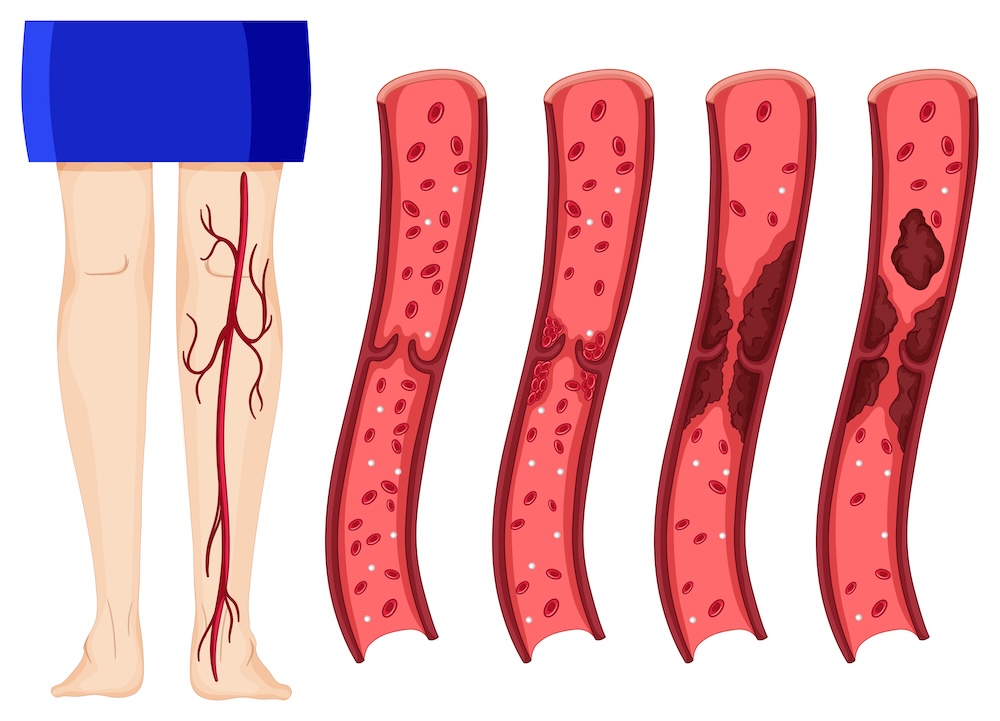Peripheral Vascular Disease
Peripheral Vascular Disease: Causes, Symptoms & Treatment by Dr. Shashidhar

Peripheral Vascular Disease (PVD) is a progressive circulatory disorder that affects the blood vessels outside of the heart and brain, most commonly the arteries supplying blood to the legs and feet. It is also referred to as Peripheral Artery Disease (PAD) when arteries are involved. This condition occurs when arteries narrow due to plaque buildup, reducing blood flow to the limbs. Without proper treatment, Peripheral Vascular Disease can lead to critical complications, including tissue damage, ulcers, and even limb amputation.
In Bangalore, Dr. Shashidhar KP is a leading vascular surgeon offering advanced diagnosis and treatment for Peripheral Vascular Disease, helping patients restore mobility and improve their quality of life.
What is Peripheral Vascular Disease?
Peripheral Vascular Disease primarily affects the arteries that transport oxygen-rich blood to your limbs, particularly your legs. It results from atherosclerosis, a process where fatty deposits (plaque) accumulate in the artery walls, causing them to harden and narrow. This restricts blood flow, especially during physical activity, when the muscles need more oxygen.
The condition is most commonly seen in men over 50, though it can affect both men and women. Individuals with specific risk factors are more susceptible to developing Peripheral Vascular Disease. These include:
Diabetes
High blood pressure
High cholesterol
Smoking
Kidney disease (particularly with haemodialysis)
Coronary artery disease
Previous stroke
Dr. Shashidhar emphasizes the importance of early diagnosis and management to prevent the disease from progressing to severe stages.
Symptoms of Peripheral Vascular Disease
The symptoms of Peripheral Vascular Disease may begin subtly but gradually worsen over time. The most classic symptom is claudication, a pain or discomfort in the muscles of the calves, thighs, or feet during physical activity, which subsides with rest. This pain results from insufficient oxygen being delivered to the muscle tissues due to restricted blood flow.
Other common symptoms include:
Achiness or burning in the legs during walking
Leg fatigue
Numbness in the feet or toes
Pale, cool skin on the legs or feet
Weak or absent pulses in the legs
Slow-healing wounds or ulcers, especially on the feet
Pain that worsens when legs are elevated but improves when dangling off the bed
In severe cases of Peripheral Vascular Disease, symptoms can persist even at rest, disrupting sleep and affecting daily activities. Dr. Shashidhar advises that any persistent leg discomfort, especially if paired with risk factors, warrants a vascular evaluation.
Diagnosis
To confirm Peripheral Vascular Disease, Dr. Shashidhar may recommend several diagnostic tests. These include:
Ankle-Brachial Index (ABI): Compares blood pressure in your ankle with that in your arm to assess blood flow.
Doppler Ultrasound: Uses sound waves to visualize blood flow and detect narrowing or blockages.
CT or MR Angiography: Provides detailed imaging of the blood vessels to evaluate severity and location of blockages.
Early diagnosis enables timely intervention, significantly improving outcomes for patients with Peripheral Vascular Disease.
Treatment Options for Peripheral Vascular Disease
Dr. Shashidhar provides a holistic and personalized approach to treating Peripheral Vascular Disease, tailoring strategies to each patient’s condition severity and overall health.
1. Lifestyle Modifications
The first step in managing Peripheral Vascular Disease often includes lifestyle changes. These may include:
Smoking cessation
Regular exercise (e.g., supervised walking programs)
Weight loss
A heart-healthy diet (low in saturated fats and cholesterol)
Blood sugar control in diabetic patients
Lifestyle changes not only relieve symptoms but also slow disease progression.
2. Medications
Medication therapy is aimed at controlling contributing risk factors and improving blood flow. Commonly prescribed medications include:
Statins to reduce cholesterol
Antihypertensives to manage blood pressure
Antiplatelet agents (e.g., aspirin or clopidogrel) to prevent clot formation
Cilostazol or pentoxifylline to improve walking distance and blood circulation
Dr. Shashidhar carefully evaluates each patient’s history before prescribing medications to ensure maximum benefit with minimal side effects.
3. Minimally Invasive Procedures
When lifestyle changes and medications are not enough, catheter-based procedures can help restore blood flow. These include:
Balloon Angioplasty: A small balloon is inserted and inflated to widen the narrowed artery.
Stenting: A mesh tube is placed to keep the artery open long-term.
Both procedures are minimally invasive and typically involve a short hospital stay. Dr. Shashidhar is skilled in performing these interventions with high success rates.
4. Surgical Treatment
For patients with extensive blockages, surgery may be required. Bypass surgery involves creating a new route for blood to flow using a graft (either from another blood vessel or synthetic material). This is often used in advanced cases where angioplasty and stenting aren’t sufficient.
Under the care of Dr. Shashidhar, patients undergoing surgical treatment for Peripheral Vascular Disease benefit from precise techniques and detailed pre-operative planning, resulting in better recovery outcomes.
Prevention
Preventing Peripheral Vascular Disease is closely tied to managing risk factors. Regular check-ups, maintaining a healthy lifestyle, and managing conditions like diabetes and hypertension can go a long way in avoiding vascular complications. Dr. Shashidhar offers preventive vascular care for at-risk individuals, focusing on early detection and intervention.
Why Choose Dr. Shashidhar for Peripheral Vascular Disease Treatment?
As one of Bangalore’s leading vascular specialists, Dr. Shashidhar brings deep clinical expertise and advanced surgical skills to every patient case. His commitment to patient-centered care ensures that every individual receives thorough diagnostics, evidence-based treatments, and compassionate follow-up.
Patients trust Dr. Shashidhar for his clear communication, personalized care plans, and proven outcomes in the treatment of Peripheral Vascular Disease.
Save time, Save money, Be Healthy and Happy !
We can be your guide in the world of Vascular and Endovascular
Surgery!
